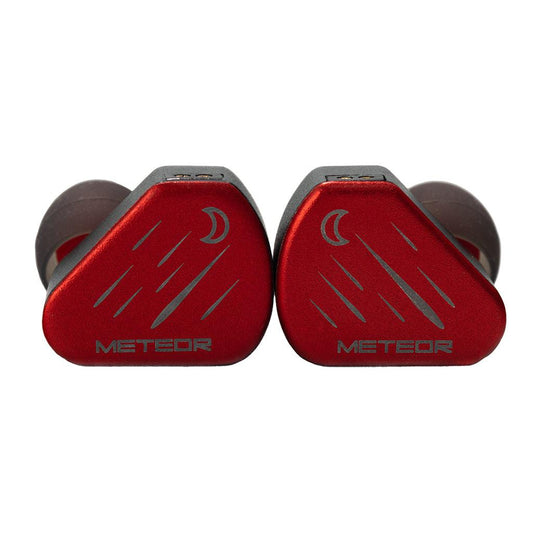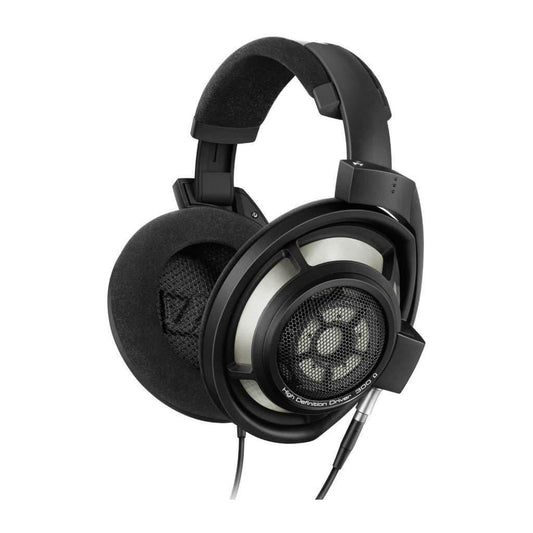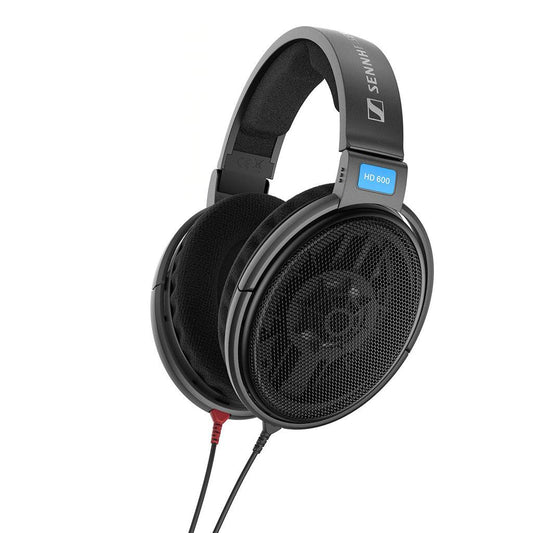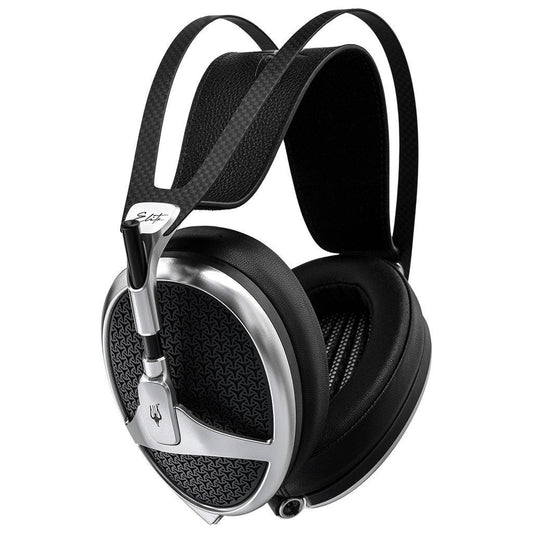The Case for Comfort: Why Sound Quality Isn't Everything
Is sound quality really the most important quality of a headphone, or could it be something else? Join listener as they share research and hands-on experience in an effort to answer this question, as well as options they feel excel at a variety of things a headphone user may find important.
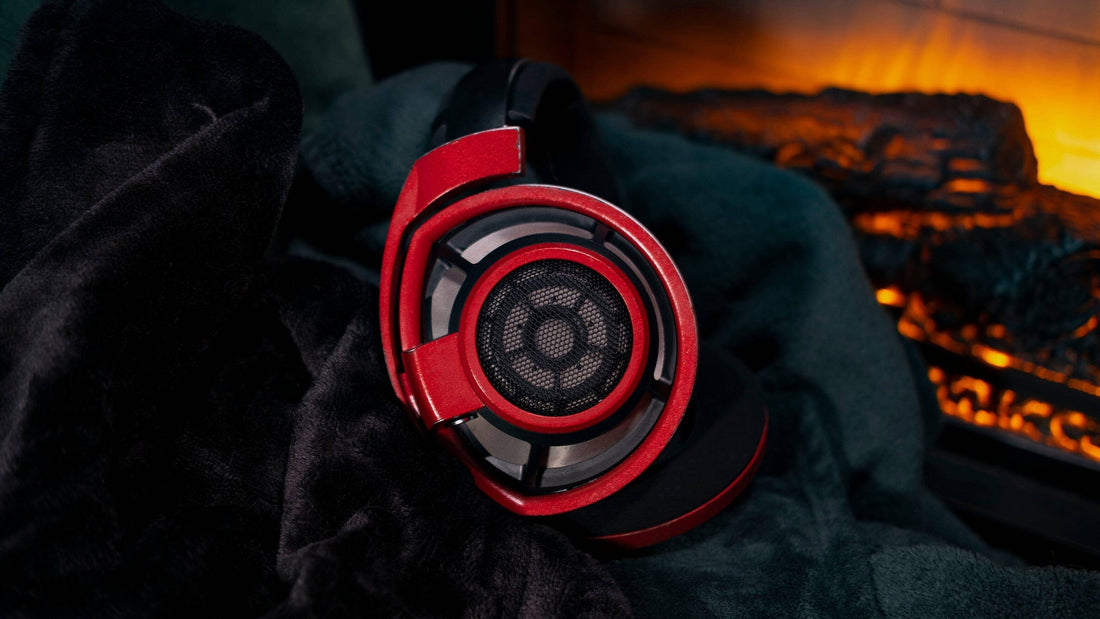
The divide between audiophiles and the average consumer is often discussed when it comes to a headphone being good or not. Sometimes, it’s about something we all agree is up to preference, like how much bass is the “right” amount.
Other times these conversations can get dramatic. They often come to a head with really big-picture questions like “What does ‘good’ even mean?”
While it’s fair to say audiophiles care more about sound quality than the average consumer, I also think it’s unfair to say this is the only valid approach to judging a headphone. While I count myself among those who care most about sound quality, I can’t help but feel like those who care about other things are under-represented.
In fact, I think there’s a big chance audiophiles are actually wrong about what really matters to most people.
It’s clear to me that there are different ways a headphone can be “good.” If we’re going to allow for a gradient of sonic preference, then we should also allow for “good” headphones to be about more than just “good sound”.
There are hugely important factors of a headphone’s performance that never really get talked about in our hobby, and they have absolutely nothing to do with sound. In this piece I want to speak on one quality in particular that I feel is under-represented in our discourse: comfort.
Is Comfort Really as Important as Sound?
Making sound is the reason a headphone exists in the first place. It may strike the reader as unlikely that a consumer would prioritize comfort—or even something less sound-correlated like looks—over sound, right? In fact, being incredulous about this is somewhat scientifically supported!
In a paper titled Analysis of Subjective Evaluation of User Experience with Headphones (Jensen et al., 2016), a group of researchers tried to answer the question “What influences a user’s experience with headphones?” They gathered 25 students from a university, split them into 5 teams, and asked them what influenced their experience. The below picture shows how the teams responded before being given any headphones to test.
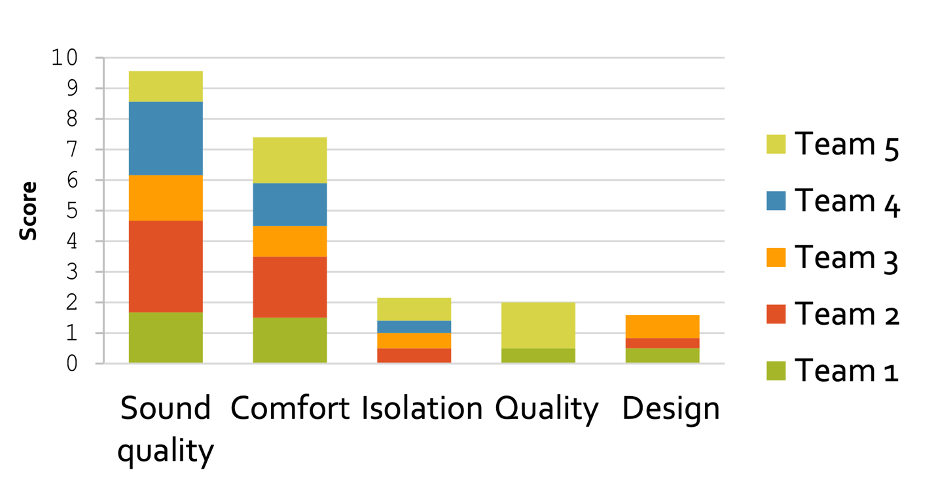
They found Sound quality and Comfort were easily the most important factors regarding what users thought was most important in a “good” headphone. This served as the starting point of the first of two experiments in the study, wherein a list of all of the possible “quality-influencing factors” of a headphone’s performance were gathered and grouped based on likeness. They came away with 13 “clustered” qualities that encapsulated a total of 144 individual aspects of headphone UX (user experience) named by participants.
The second study was an effort to refine the list of qualities even further, as well as find how much performance in these qualities correlated to evaluation of a headphone’s performance on the whole.
The researchers were able to narrow the pool of individual UX qualities to 24, and the pool of clustered qualities down to five:
- Sound quality
- Comfort
- Build
- Design
- Brand
They asked participants about individual UX qualities, asking if they Strongly Agree/Agree/Neutral/Disagree/Strongly Disagree with the statement “I think this headphone’s _______ is good.”
The researchers then correlated subjects’ answers to this control question with subjects’ overall evaluations of the headphones. The score in the right column of the below table describes each attribute’s correlation to the overall quality of the headphone.

This leads us to the most important finding in this research:
Sound quality wasn’t nearly as highly correlated to a person’s judgment of overall quality as the first experiment suggested.
To be specific, “Sound Quality” was 7th on the list of individual qualities, and 2nd behind “Comfort” regarding the five clustered qualities. That’s not even touching on the fact that the two highest-correlated of these qualities—Shape and Design— could actually fall under the “Design” cluster instead of Comfort, which could even mean that the way a headphone looks may be more important than sound quality.
Either of these potential conclusions squares very well with my personal experience.
Any time I’ve put an audiophile headphone on a family member or friend of mine’s head, sound is rarely the first thing to come up. However, they always have something to say about comfort or design. Audiophile headphones can look kind of strange, and they can also be uncomfortable. Non-audiophiles certainly aren’t shy about pointing this out.
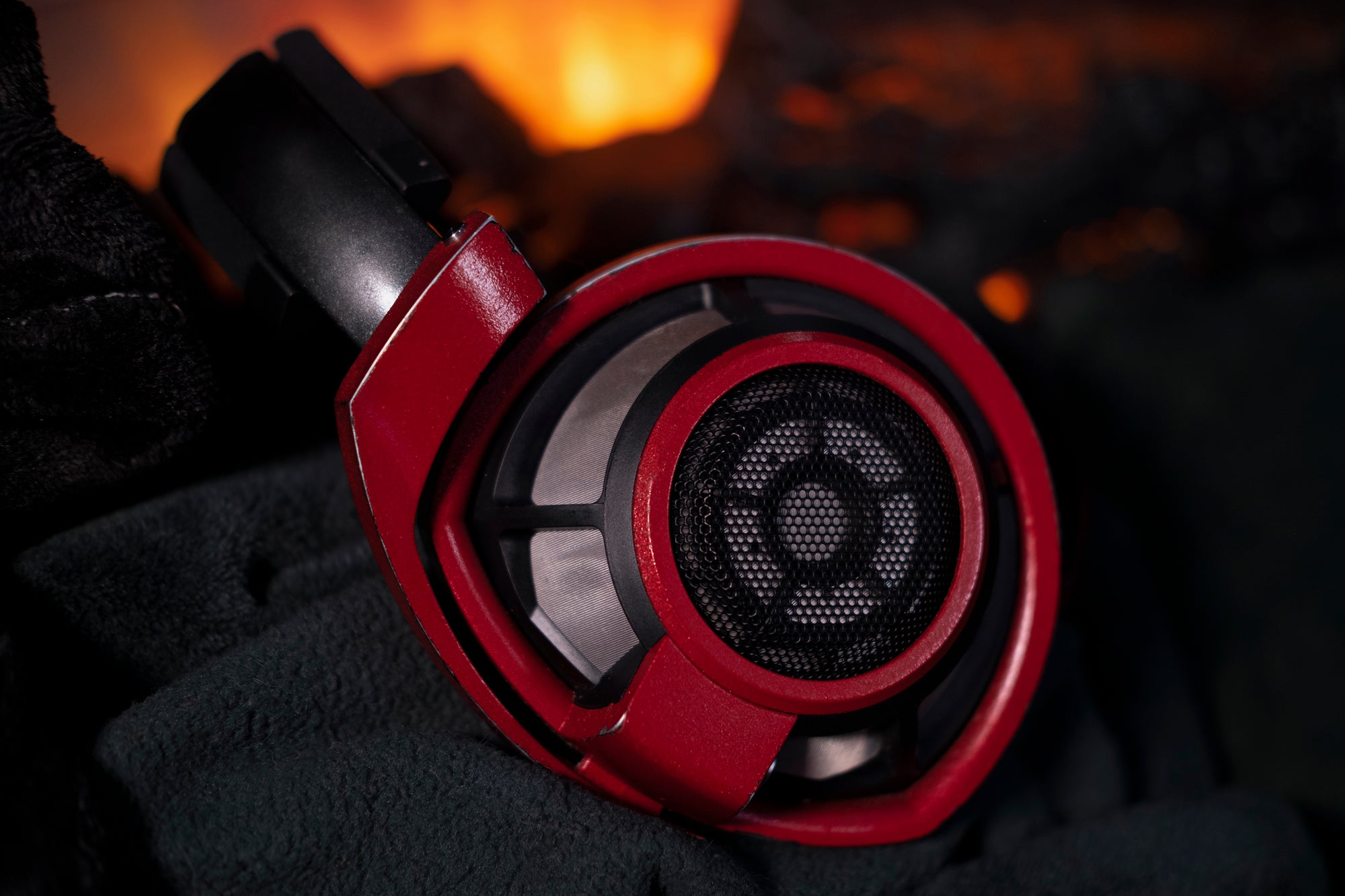
There have been numerous times I’ve recommended a product, only for the recommendation to be rejected for one of these reasons. It was upsetting at first to see that sound quality—the thing I’m so interested in, the thing I’m always pursuing—often isn’t even important enough for people to compromise on looks, let alone comfort.
As time has passed, I’ve realized these aren’t only completely valid criticisms, but ones I’ve ended up adopting myself. Lately, I’ve opted to prioritize headphones that give me all day comfort and are good sounding enough not to bother me.
We’re all kind of dealing with this in one way or another, trying to find our “endgame” headphone that’ll satisfy us in all the ways we care most about. Newcomers can sometimes have a hard time accepting that there isn’t necessarily a headphone out there that does it all, even at four-figure price tags. However, those who’ve been around a while know this is the case, and settle into whatever set of compromises between sound and other aspects is preferable to them.
We now know people prioritize things that have little to do with sound, and that comfort may be chief among these things. Because of this, we should probably get better at acknowledging that the “headphone search” isn’t always one where we try to maximize sound quality above all else.
“Good, but Uncomfortable” Isn’t Good Enough
It’s probably clear by now that I’m going full-send in advocating for the maligned “average consumer.” In the spirit of representing their interests further, I’m gonna attack some of the audiophile hobby’s sacred cows. I want to point out problems with two of the oft-recommended (and oft-rejected) audiophile recommendations—and why it’s perfectly valid for people to decide against them over something that may sound worse, but is more comfortable.

AKG K371
Most of us giving advice to nascent audiophiles will be plenty familiar with K371. We recommend it because it is adherent to the Harman 2018 Target Curve, which has been shown to be preferred by roughly 64% of listeners. We have a decent amount of certainty that whoever we’re helping will enjoy the sound of this headphone, and this makes it—ideally—the best headphone choice for blind recommendation.
Well… if you’ve ever tried one, you may also know why they garner three almost-universal critiques from users: The look is unimpressive, the build is cheap, and the comfort is terrible.
The look is austere and the silhouette isn’t especially sleek looking. The headband is on-par with a first-generation Beats headphone; made of a thin plastic, padded with silicon filled with what feels like nothing but air. The earpads are very soft and crush easily, and while this is usually a good thing on thicker pads, here your ear will invariably be crushed by the inner baffle of the earcup
Discomfort begins almost immediately on the top of my head, and around the 20-minute mark on my ears. Harman and AKG made an exceptional sounding product for only $180, but as time goes on I’m only less enthusiastic about recommending it. How much will someone really want to use something that can’t even be worn for 20 minutes comfortably?
In spite of these issues, K371 is still the most common closed-back recommendation at its price in spaces like Discord. Beyerdynamic’s DT 770 is more often than not the headphone that “seasoned audiophiles” try to lead “newbies” away from… and frankly I’ve grown disconfident that this is actually a good thing for everyone, regardless of how much better I think K371 sounds.
The DT 770 has better comfort, better looks, is built well (though it lacks a removable cable) and has easily available replacement parts. While K371 is unquestionably a better sounding product to me, the DT 770 is probably a better headphone for the average consumer, who wants to wear their headphones for things like playing video games with friends, chatting with coworkers, or watching video content. Not everyone cares about Harman, or treble peaks, or midrange accuracy. Speaking of which…

Sennheiser HD 600/650/6XX
Okay sure. This lineup of headphones is arguably the most sonically well-rounded out there. And yeah, I guess they’re the “measuring stick” by which all other headphones prove woefully compromised (even those twenty times more expensive).
But I feel like criticism of their comfort is eerily absent given how much talk time these headphones get across the entire hobby.
The only thing I see people talk about is the clamp—which is actually the easiest to address! You can fix it almost entirely by just carefully bending the steel yoke arms outward.
It shocks me that so few people talk about how shallow the earpads are, though. The inner baffles touch my ears gently even with brand new pads, and even though this doesn’t cause visceral discomfort to me, it’s annoying. When the pads inevitably start to wear, the discomfort only gets worse.
Is it nightmarish? No, some probably don’t even notice it—but I definitely notice it. And I could easily see someone with a bigger head or bigger ears than me wanting to return these headphones immediately because of this design aspect. It’s a shame because the pads themselves are made of a material I quite like, and are one of the few earpads shapes that really go around my entire ear. They’re just not deep enough.
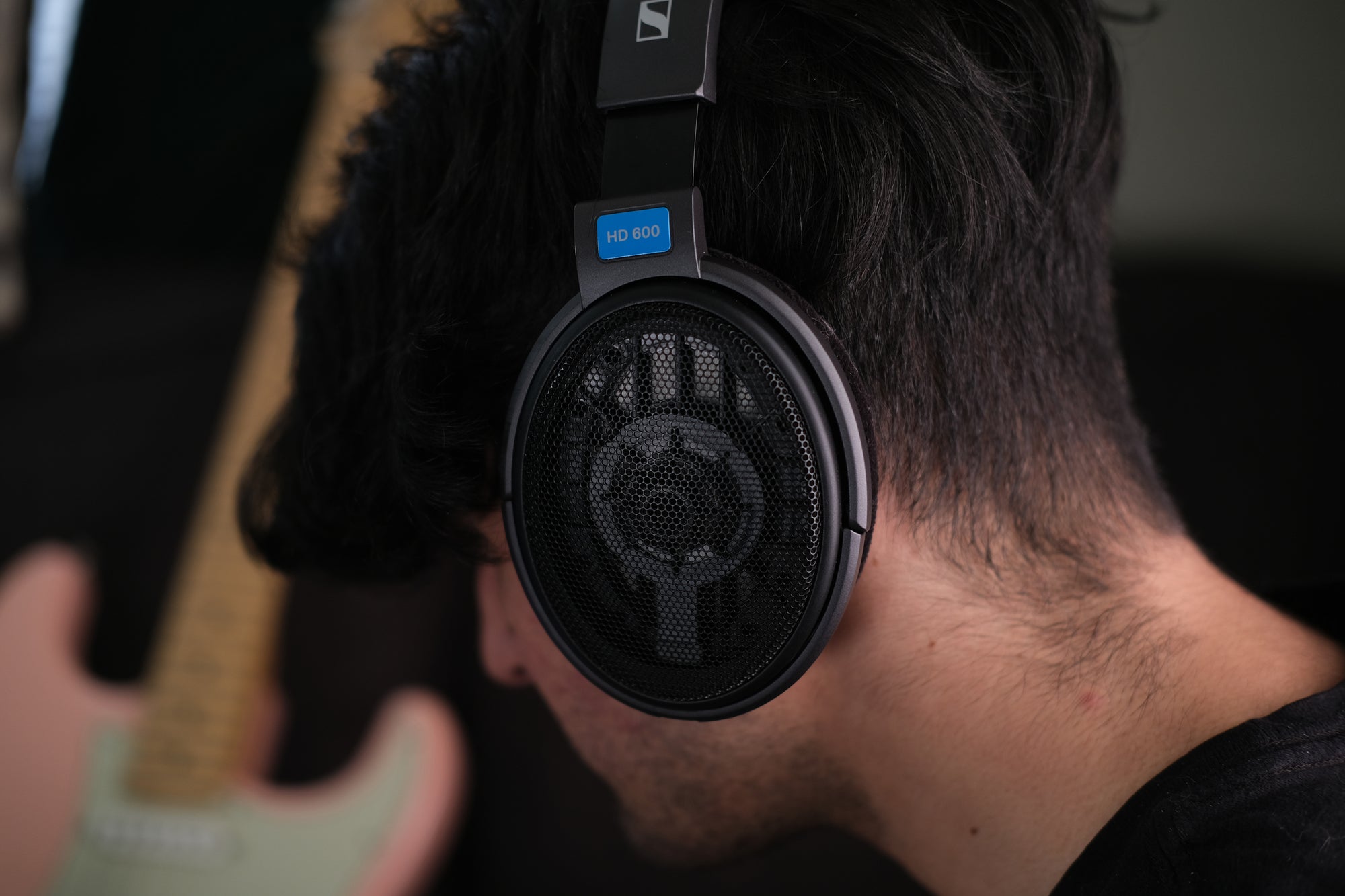
My biggest problem with this line of headphones has to be the headband padding, though. Stiff, thin, and oddly shaped,, I’ll never understand why they chose such a hotspot-inducing design on a headphone that otherwise seems like it’d be great for top-of-head comfort.
It’s incredibly light, the clamp of the arms can be user-adjusted, and the cable isn’t heavy either. All they needed was a suspension strap with large front-to-back surface area, and it would’ve been a home run for me... but they didn’t. Instead, they give us two nuggets that dig craters into the head after 30 minutes of use. This serves as one of the main reasons I don’t own an HD 6x0, despite them being one of my tonal benchmarks.
Audiophile IEMs In General
Are… are these supposed to fit in my ears?
I understand why certain IEM shells and nozzles are big, especially when they’re multi-driver setups with crossover circuitry, tubes, or other magic. I understand it even more when the sonic results speak for themselves, immediately letting the listener know why the IEM maker might’ve compromised on comfort: because it was clearly worth it.
Symphonium’s Helios—a 4BA IEM responsible for pushing the envelope of technical ability in IEMs—comes to mind when I think about a comfort tradeoff being worth it for the sound quality. But Symphonium also has the Meteor, where they took the criticism of Helios’ ergonomics to heart, and made an exceedingly small and comfortable IEM. Gotta give praise where praise is due, I love when audiophile brands show they’re listening and make dramatic improvements like this.
But in most other cases, IEMs only seem to be getting bigger. I don’t understand why brands aren’t focusing enough on making IEMs that will fit a majority of people. I don’t know if it was always this way, but these days I can’t help but be worried about recommending IEMs in general because some of them—and unfortunately, usually the ones that sound best—are just so hard to wear for any extended period of time.
Symphonium Audio x NightJar Meteor In-Ear Headphones
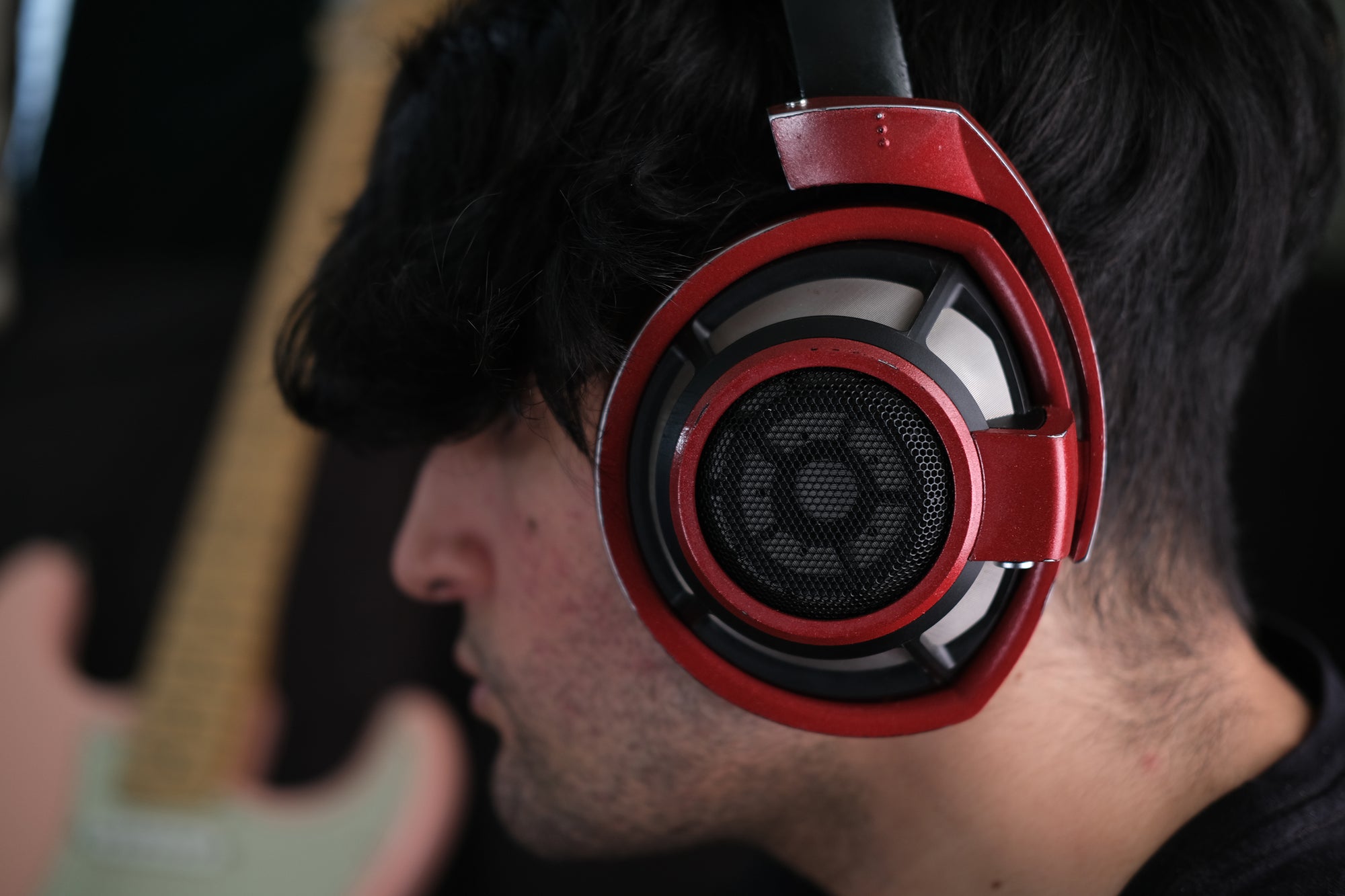
Getting it right… but at what cost?
So I think we can agree that if something isn’t comfortable, we won’t want to use it. Thankfully, there are plenty of headphones that get comfort right straight out of the box… even if that’s the only thing they get right.
The ideal for me—and perhaps even most people—isn’t always about having “the best sound you can possibly get”. I have no doubt that a lot of us just want a tonality that doesn’t annoy us and a comfort profile that we can spend most of the day in if we need to.
Unfortunately, the headphone market is one of compromises, and within that compromise, sound quality and comfort can often seem like mutually-exclusive forces.
Meze Empyrean, Elite and Liric
For example, I haven’t liked the sound of any of Meze’s headphones.
Empyrean is probably my favorite of the lot, being the warmest and most richly textured of the three, but it’s still too warm and too bright for me. Elite is like the LCD-X to Empyrean’s LCD-2: a little leaner and brighter overall, but not crazily different or outright better. Liric sounds more like the average IEM than headphone to me: lean, shouty, and a little sibilant.
But the comfort of any of them? My god.
We as a community can just give Meze the medal for headphone comfort and be done with it, right?
The ear cups are perfectly-shaped and big enough to work beautifully for 99% of listeners. The pads are deep enough and stiff enough that I never even came close to having my ears touch anything.
The headband is—and I’m not exaggerating—a work of art. It may look a little silly before it’s on your head, but once you wear it, you understand. I don’t know everything that went into making these headphones so comfortable, but I gather a huge part of what ties it all together is how perfect the headband is.
Even though I’d personally take an MM-500 (or even an HD 6XX) over any Meze headphone for sound, the comfort on the Meze flagship chassis is so good that I would genuinely support someone paying full-price a pair just for how comfy they are.
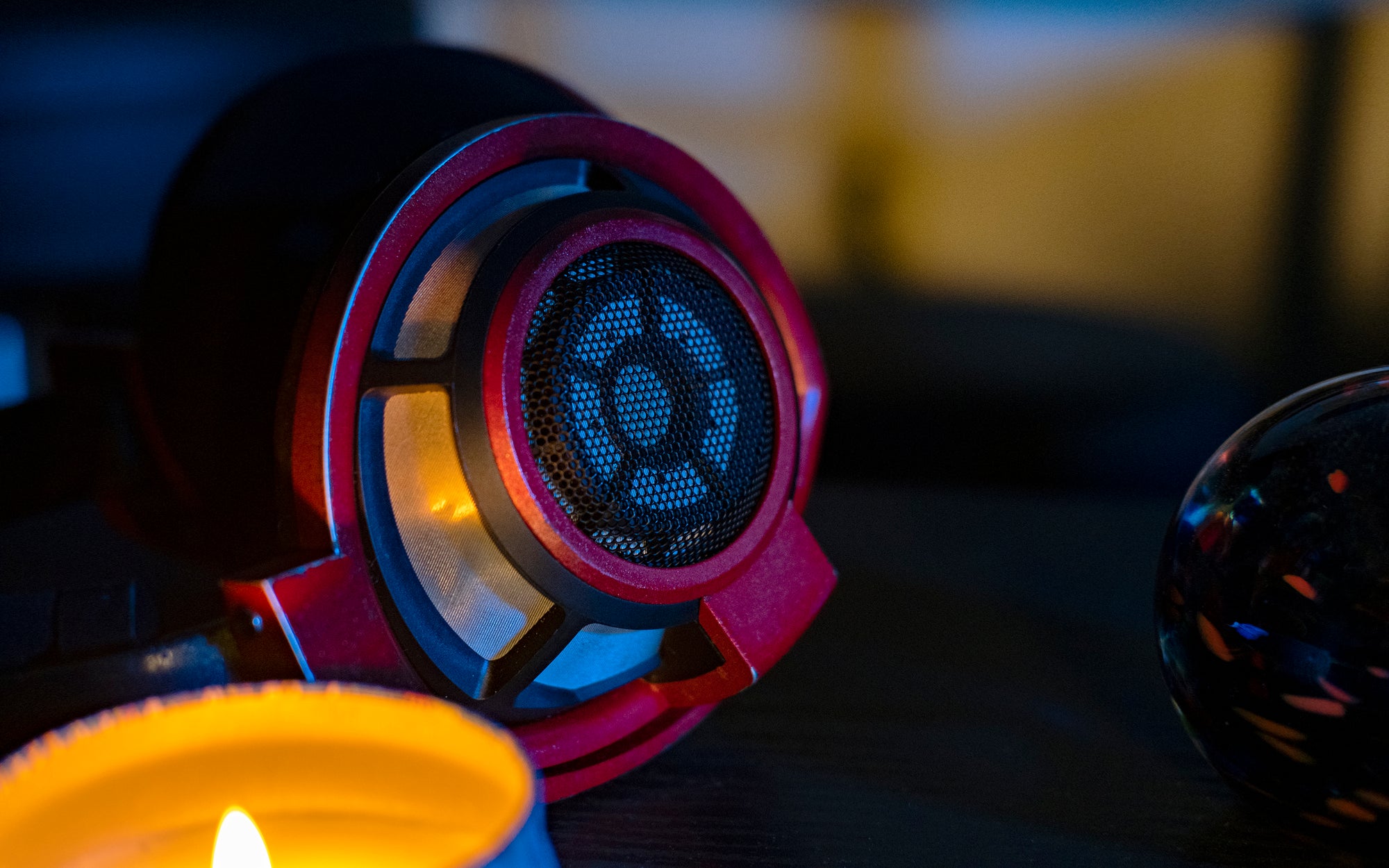
Sennheiser HD 800(S)
When it comes to Sennheiser’s HD 800, my daily driver, I don’t have much good to say about the stock sound profile. It has a famously spacious presentation, and probably has the highest “detail to price ratio” on the used headphone market… but detail and soundstage aren’t things I index particularly highly for.
The tuning is a sneaky V-shape, in a way that reminds me of the cheap Hifiman planars like the HE400se. The bass sounds duller, rounder, and more congested than you’d think from the measurements. The upper midrange is sucked out, which makes voices and instruments kind of blurry and distant. It relegates actual texture almost entirely to the treble, which is way too boosted, and tilts the mostly warm response all the way the other direction towards being bright and thin.
In terms of comfort and build though, it’s amazing for the price! The earcups are absolutely massive; no one’s ears are touching anything when they wear an HD 800. The chassis itself is lightweight and known for its longevity and user-serviceability. The ear cups are incredibly open to outside air, which means your ears won’t get hot nearly as quickly as with other headphones.
To me, these qualities together make the HD 800 (and 800S) the most comfortable dynamic driver headphone out there. I could see that alone making it worth buying, even if the sound is kind of strange… without EQ.
What if I Weigh Sound Quality and Comfort Equally?
Unfortunately, I’ve yet to encounter something that feels great to wear and sounds perfect. This could be that I really don’t find most headphones to sound all that exceptional, but there are definitely headphones that get closer to what I like than others.
There are a few things that have worked well for me though… but they take some work to get there. If you’re like me, and always trying to balance comfort and sound, to get the best of both worlds you have three options:
- Make a comfortable headphone sound better
- Make a good sounding headphone more comfortable
…or do both.
Here are a few options I’ve found to not only be livable—but immensely enjoyable.
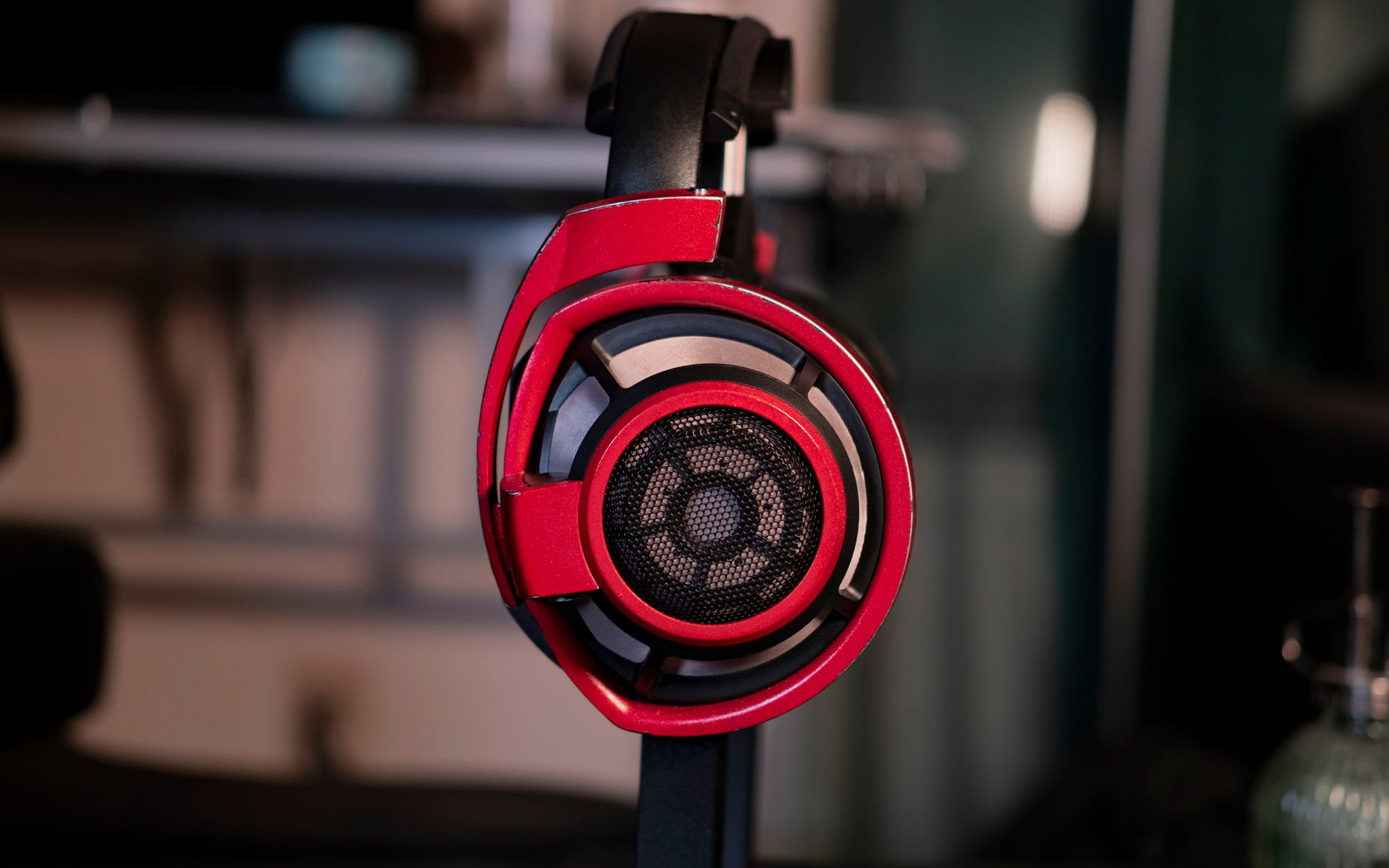
Sennheiser HD 800(S) + EQ
While the HD 800 and 800S may sound a bit smudgy and incoherent when you listen to them for the first time… if you EQ them, magic can happen. In fact, this is where for the first time, I experienced comfort and sound intersecting at high enough levels to call something “endgame.”
With all of the headphones I’d tried previously, I was getting one or the other. The best compromise I’d found was actually the HD 650 with the clamp reduced and a sock wrapped around the headband. But after I’d bought my HD 800 and took a night to EQ it by ear, I knew I’d never be able to go back to regularly using headphones that touched my ears again.
The comfort, in addition to its prowess with EQ, is what makes it my daily driver. The EQ moves I choose tend to tighten the soundstage and reduce some of the “detail,” but what I gain in return is something that sounds… super normal. That may sound boring, but when you’ve been around a long time that actually tends to be extremely high praise.
I will never not own an HD 800. Any time I use it, I’m reminded that I’ve never used another headphone that balanced comfort and sound as well as this. If you want something that does sound and comfort at high levels, this is still the peak of both as far as I’m concerned.
Sennheiser HD 800S Headphones
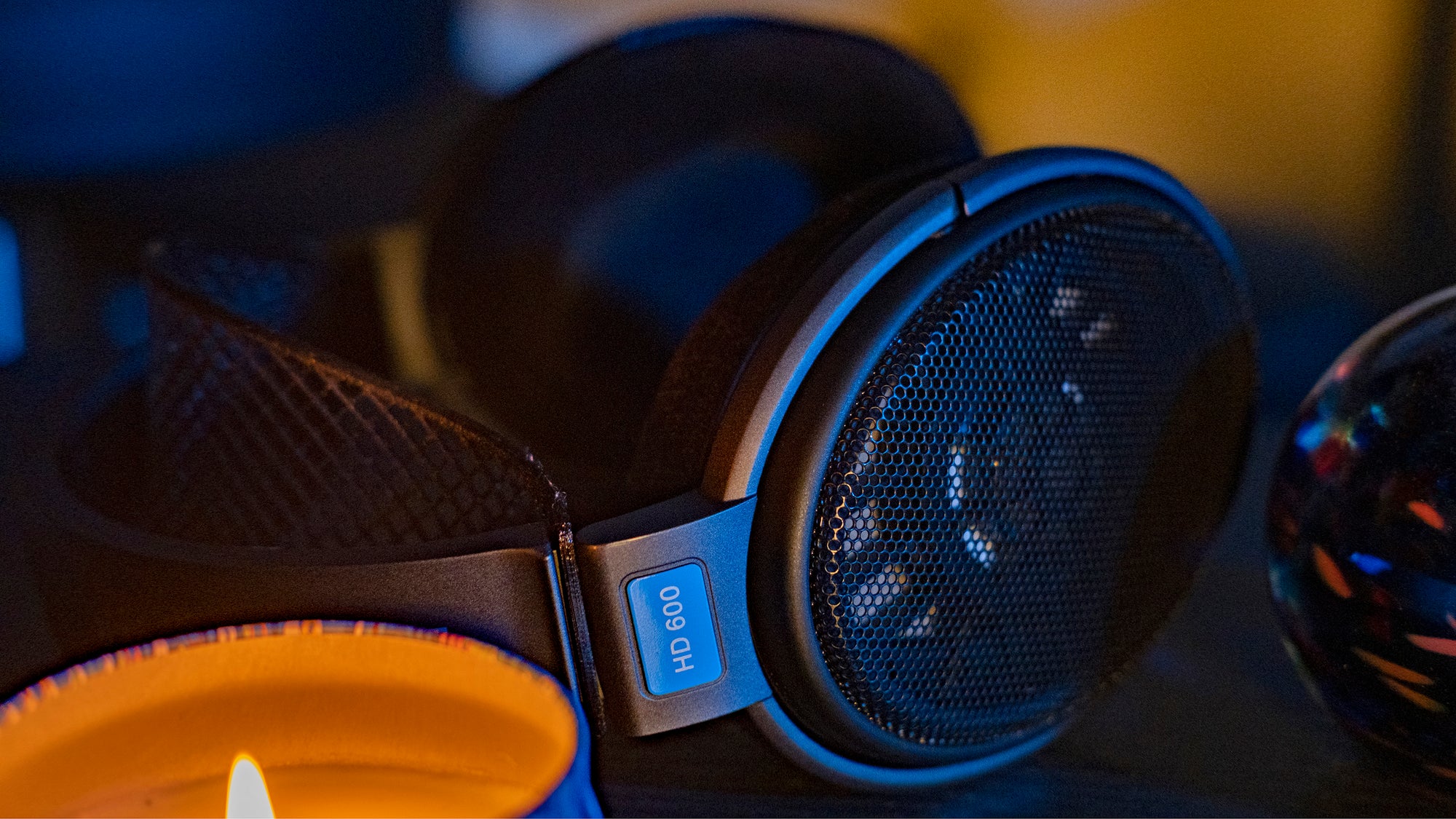
Sennheiser HD 600 and 650/6XX + Capra Strap
If you’re in our Discord server, you may have seen a few of us flexing our modded suspension straps affixed to HD 600s and HD 650s. These were designed, made, and sold by Capra Audio, a DIY designer who’s made it his life mission to improve or fix the headbands of any headphone he can get his hands on.
Capra has also made an entire 3D-printable headband for use with the same suspension strap concept. It fits on the Sennheiser HD 6-series, as well as the Aurorus headphones, and it will likely be adapted to work with other headphones as Capra is able to get his hands on them.
The stock HD 6-series headband has always been the biggest pain point for me, and trying this strap for the first time was easily my favorite headphone-related moment of CanJam NYC. Dropping in an easily-reversible mod with no screws or soldering that improved the comfort this dramatically was a godsend.
To be more clear about the level of improvement, adding just the suspension strap onto the HD 600 I have on hand took the overall comfort from a 4/10 to a 9/10 for me. That is massive! Even setting aside the fact that it’s a huge difference to me, it’s a net positive addition with virtually no compromises to an already incredibly balanced headphone.
To put it another way: Even Sennheiser themselves, with all of their resources, haven’t succeeded at categorically improving upon the HD 600/650 experience. Capra Audio did it from his home, and he did it not by changing the sound, but by making some of the best sounding headphones around also some of the most comfortable. I love that.
All of his designs are able to be printed free of charge at his Printables page, or you can have him print and ship you the parts you want by buying on his Etsy page. The 6x0 Comfort Strap is $20, and it’s probably the best $20 you can spend in this hobby.
EDIT: The price of Capra’s 6x0 strap, in addition to the newly released Hifiman strap, has been changed to $10.
Actually now that I think of it, it might only be second best.
Sennheiser HD 600 Headphones

Koss KSC75 + Parts Express Headband
Yeah yeah, I know it’s more than $20 if you include the headband.
The KSC75 is legendary at this point, and rightly so. In its stock formation it’s still one of the better tuned open-back dynamic driver headphones at any price.
But it looks… kinda weird. It wouldn’t look out of place in an elementary school library. It’s kind of like the headphones your grandpa would wear listening to ball games on the beach with his battery powered FM radio. The look of KSC75 has led to tons of people to dismiss them as a joke; even though it sounds great, they simply can’t believe it’s the best $20 headphone just because of the look!
And that’s totally fair. If you’re going to be wearing these in public or be seen with them, the “grandpa” look is a predictable turn-off.
Another potential downside is comfort. The retro “ear clip” design means all of the weight of the earpieces sits on the bridge between your head and your ear. I don’t find this aspect personally uncomfortable, but some people might.
However, if you take the ear-clips off and clip a $10 Parts Express headband on, you get what is probably the lightest and cheapest headphone out there that still sounds great. In fact, I prefer the sound of them with the headband on, as the extra (but still mostly insignificant) clamp added by the headband brings the bass up a little bit, while cutting the upper treble too.
Even though this is an on-ear design (usually where comfort goes to die), the weight is so minimal and the clamp is so insignificant that this headphone still gets an enthusiastic thumbs-up from me. Especially if you want a comfortable headphone that still sounds unreasonably good for the price. It’s genuinely hilarious how many other headphones would fall to this if we were ranking all headphones based on comfort and sound being weighted equally.
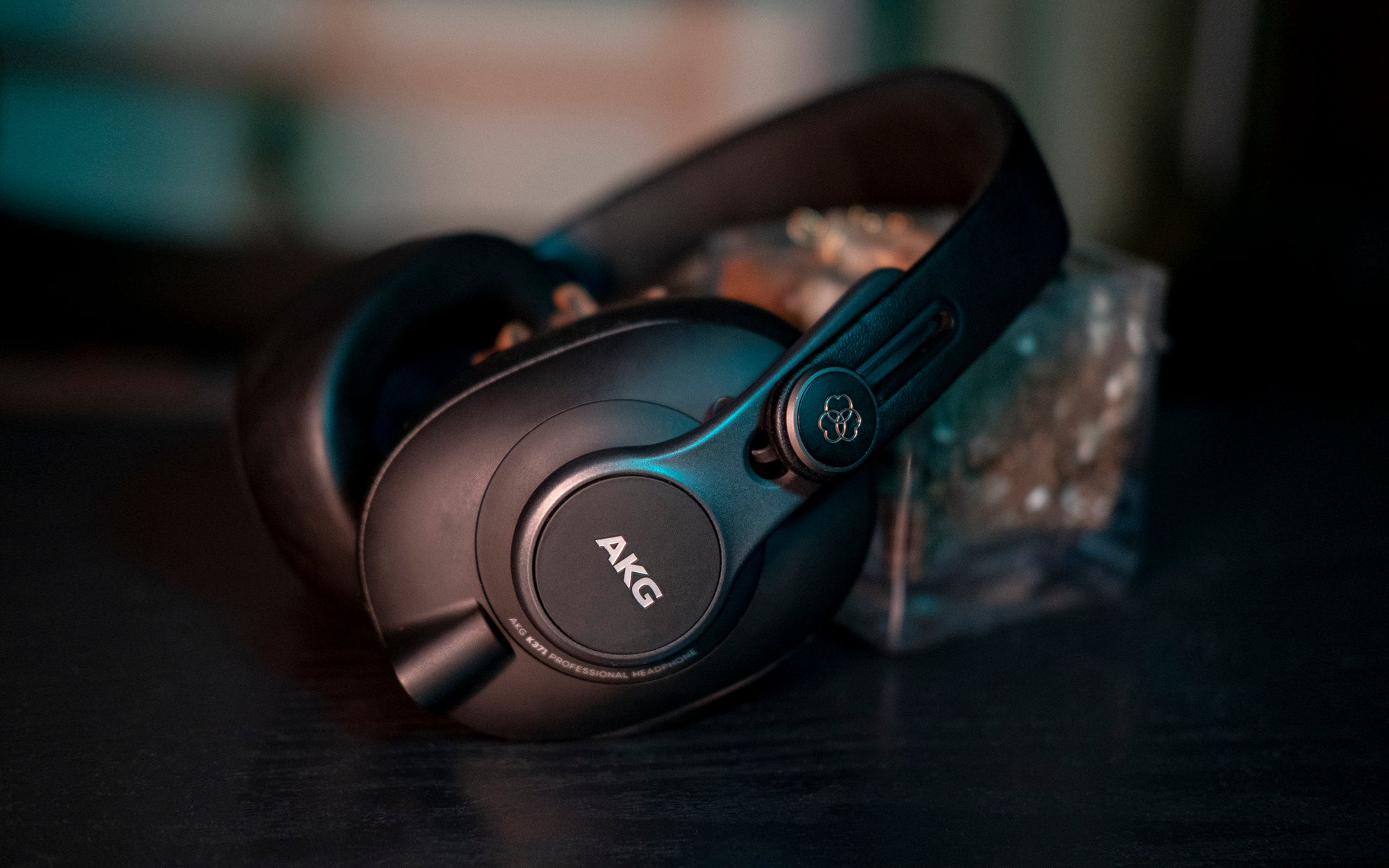
Conclusion
Really my aim in writing this piece is trying to get across one thing: sound isn’t everything.
We should all be more supportive of people who aren’t treating sound quality as the only thing worth caring about, because it’s obviously not.
We’re the abnormal ones for caring so much about sound quality. People can have wholly different approaches to what they value in a headphone, and no one person’s set of needs are any more or less valid than anyone else’s.
If someone buys a Meze Empyrean just because they want something so comfortable and luxurious that they never want to take it off? That is not only fine, but it’s kind of awesome that such a headphone even exists.
If someone wants to buy the Bose QuietComfort 45 because the comfort works for them and the ANC/features are top-tier? Sick! Plane noise sucks and the convenience of Bluetooth is impossible to ignore.
If someone wants the now famous Stincoo headphones, just because they’re pretty? Hell yeah, rock on. You look super cute in them, Andrew.
We may be happy in our little niche, hyper-fixating on one thing above all else, but we shouldn’t let that fixation make us feel justified at all in invalidating the desires of those who care a lot about comfort, or looks, or build.
Just because we’re huge nerds doesn’t mean we’re always right.
One of the brighter spots in my jaded audiophile heart is that I’m still hopeful that audio manufacturers may make something I think is excellent overall. In that same spirit, I’m hopeful we as a community can be more accommodating of different types of excellent—sound related or otherwise. A kinder, more understanding community is something we should always be striving for. After all, any one aspect can make the headphone worth it to someone. Whether it be the sound, the look, the comfort, or even an anime character.
I hope the data, accolades, and criticisms in this article have gone some way to convincing readers that any of these qualities is a valid aspect to care most about, even if we as individuals don’t agree with it personally. I’ll never stop chasing sound quality above all else, but that doesn’t mean everyone else has to.
